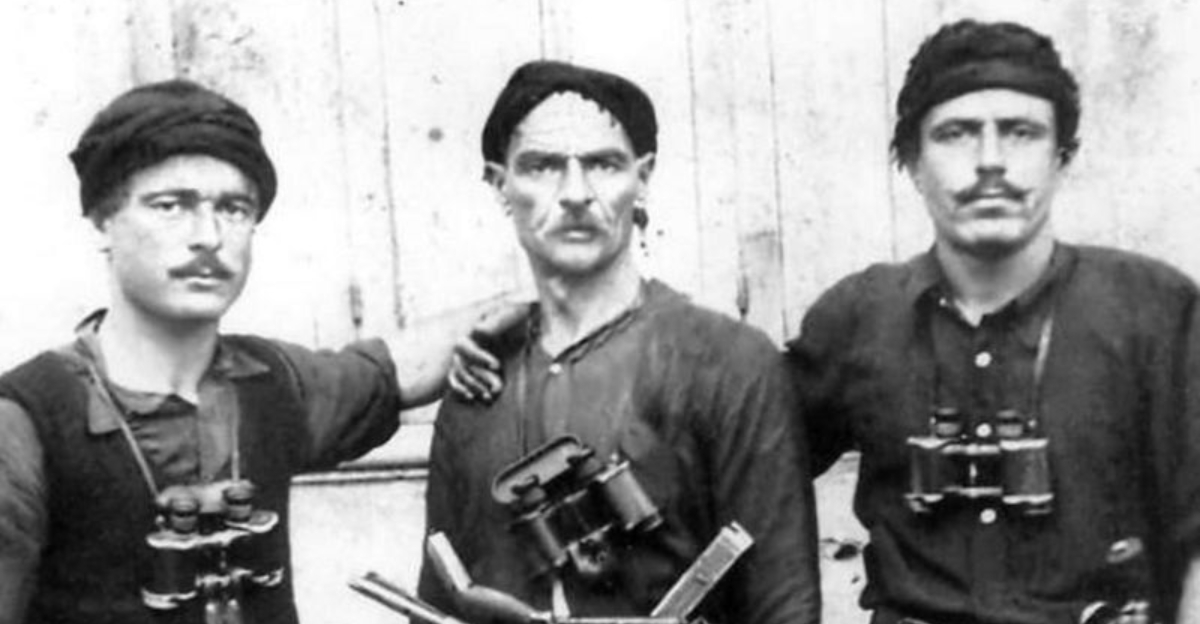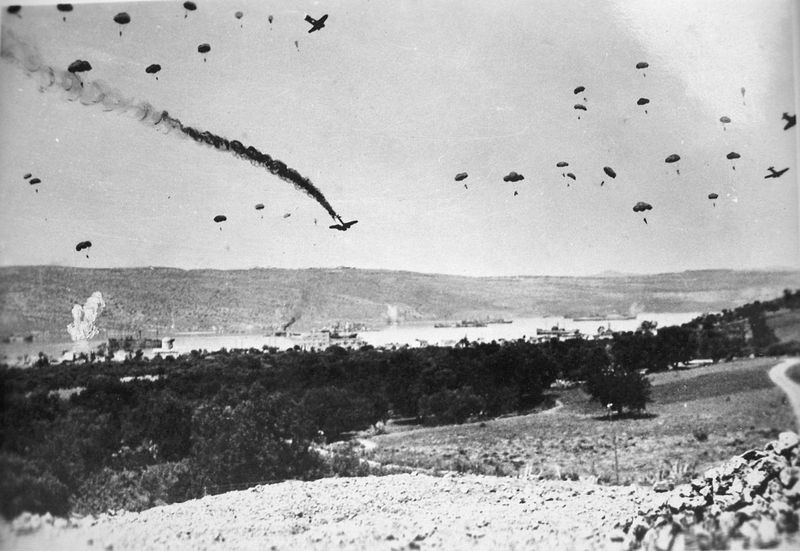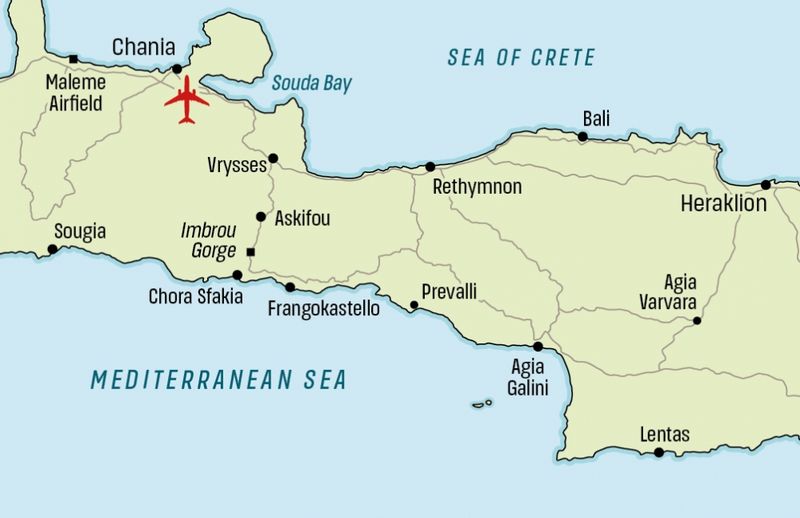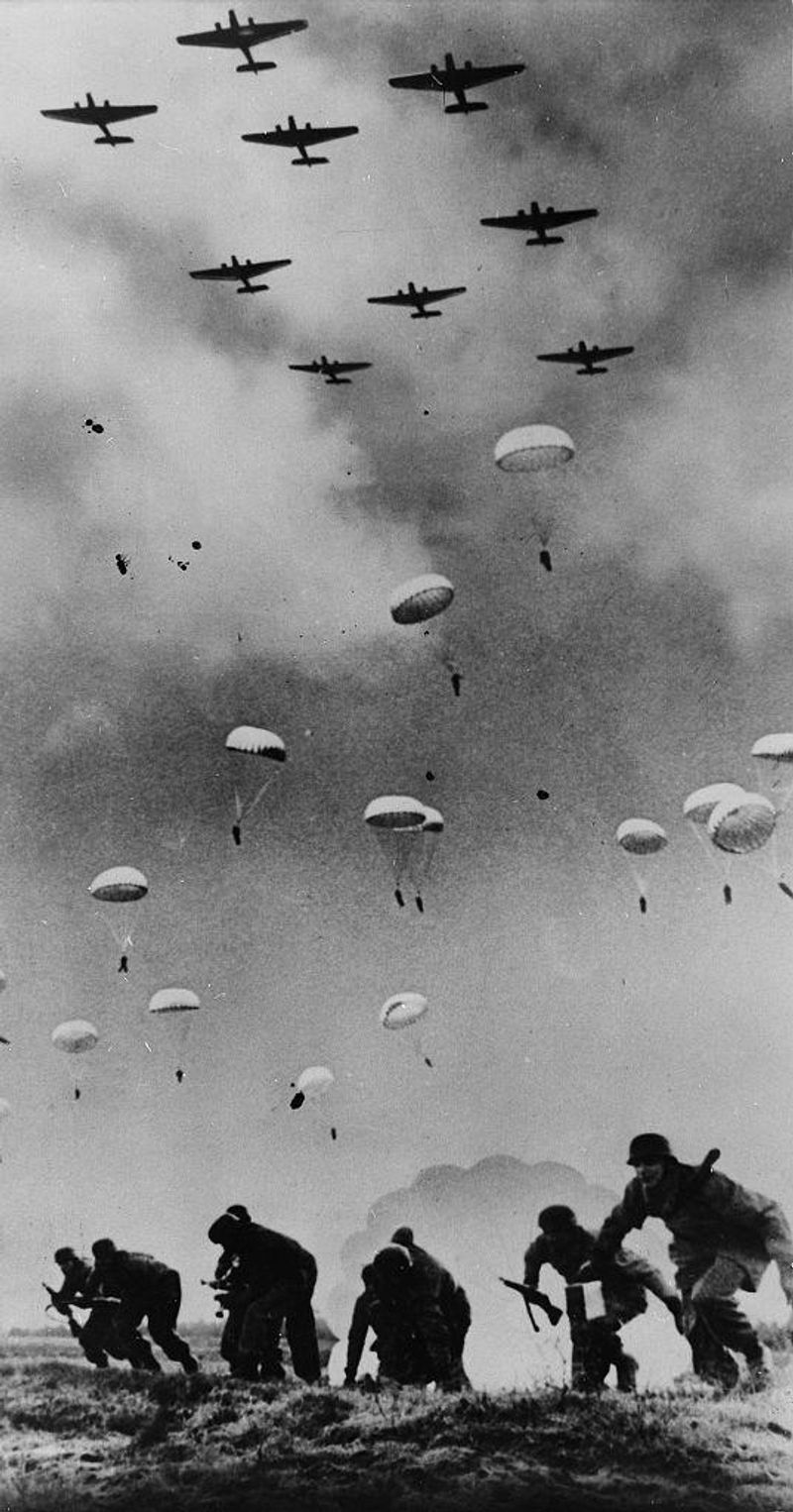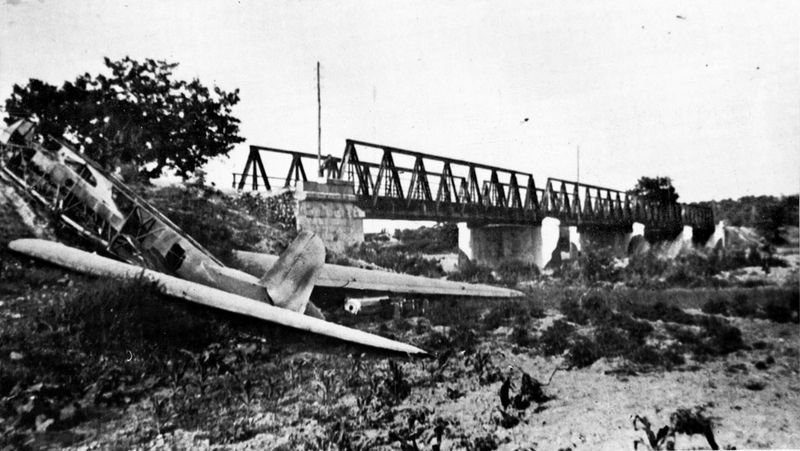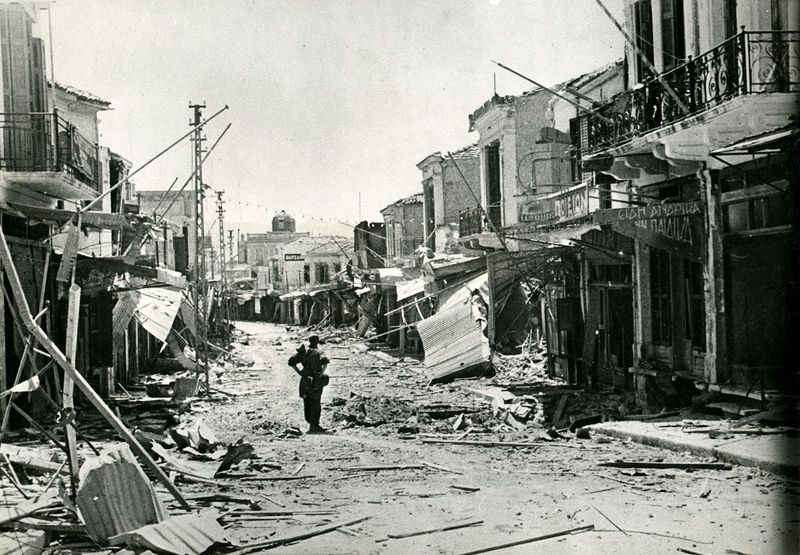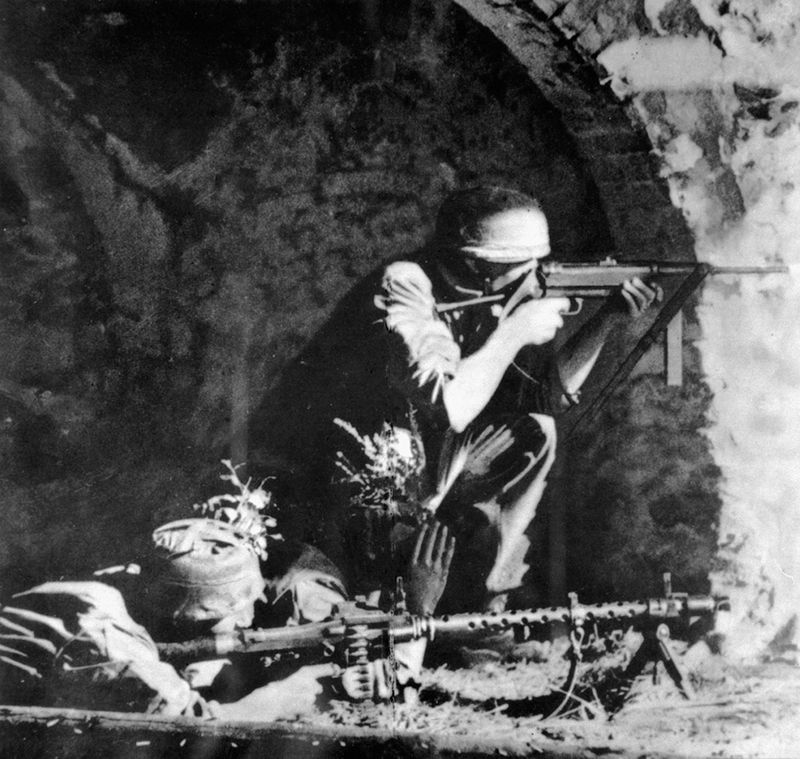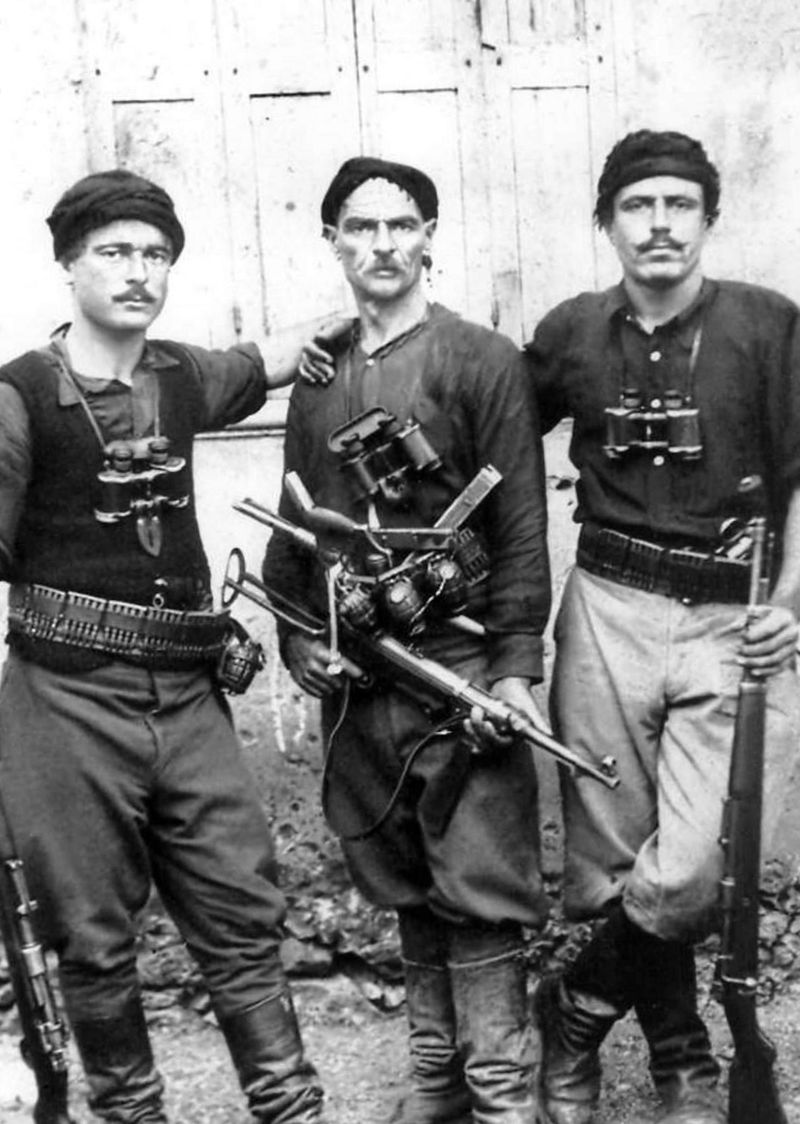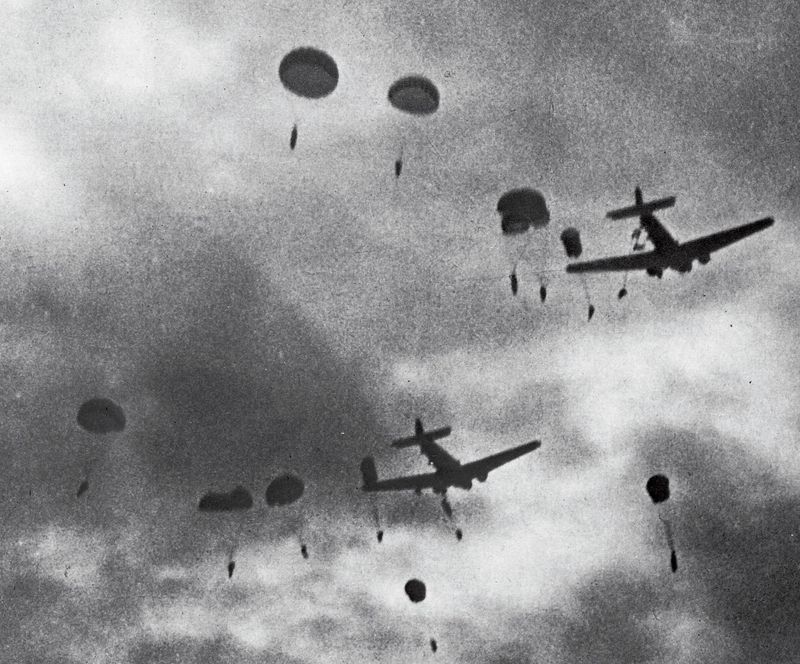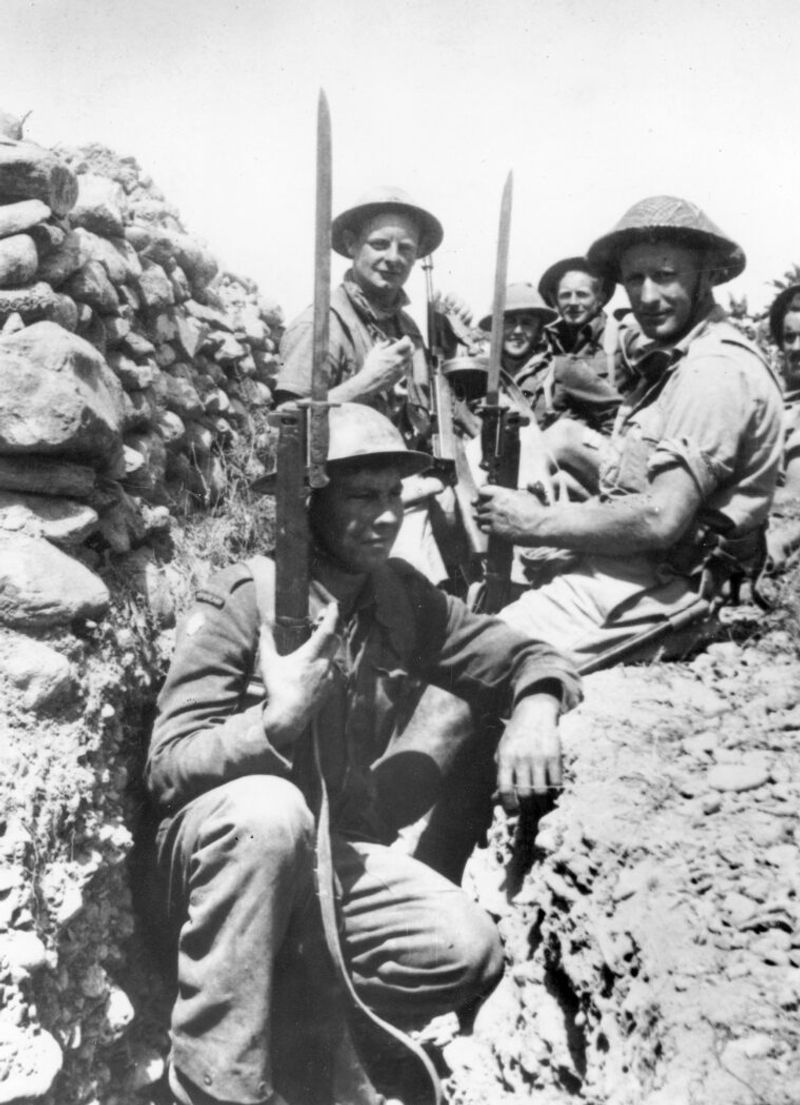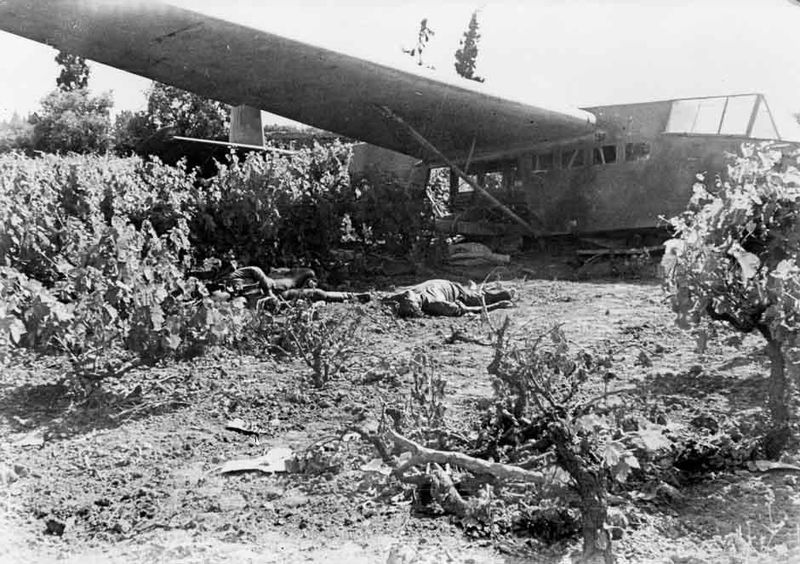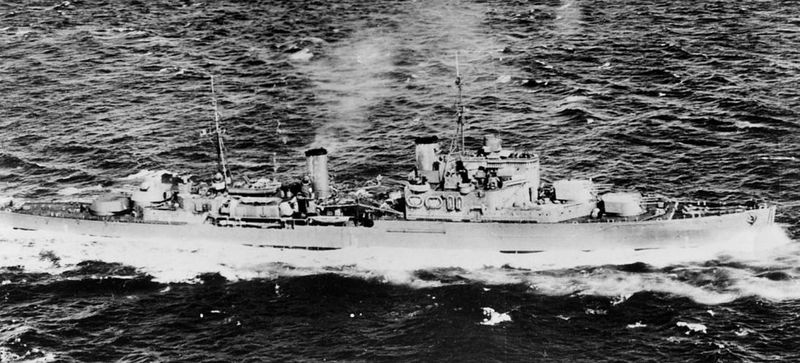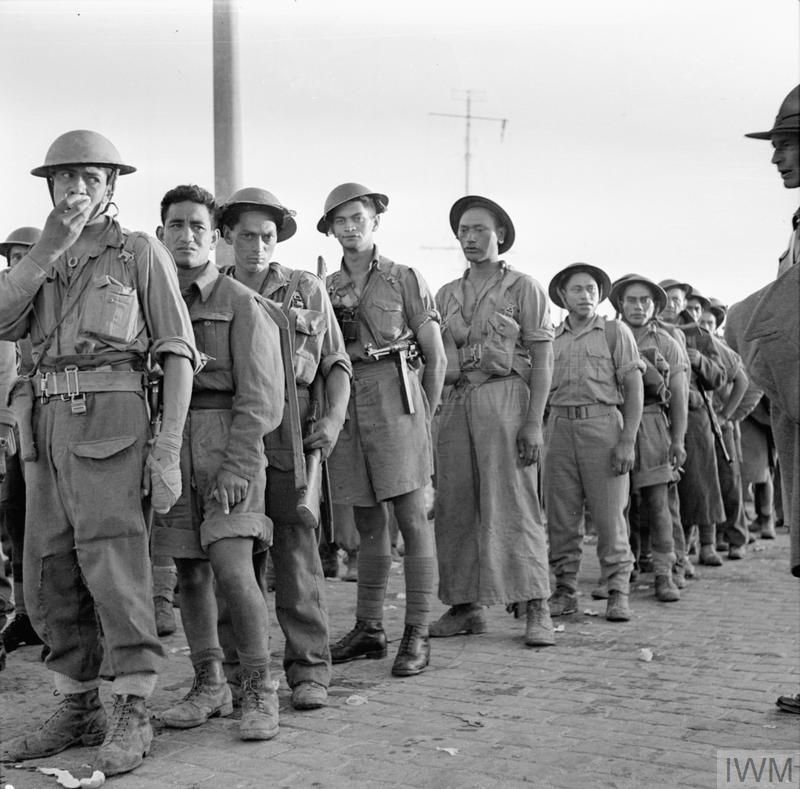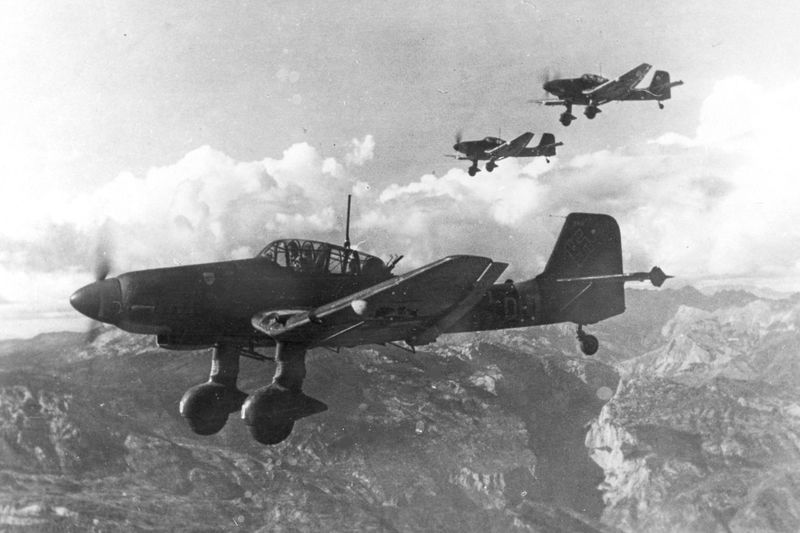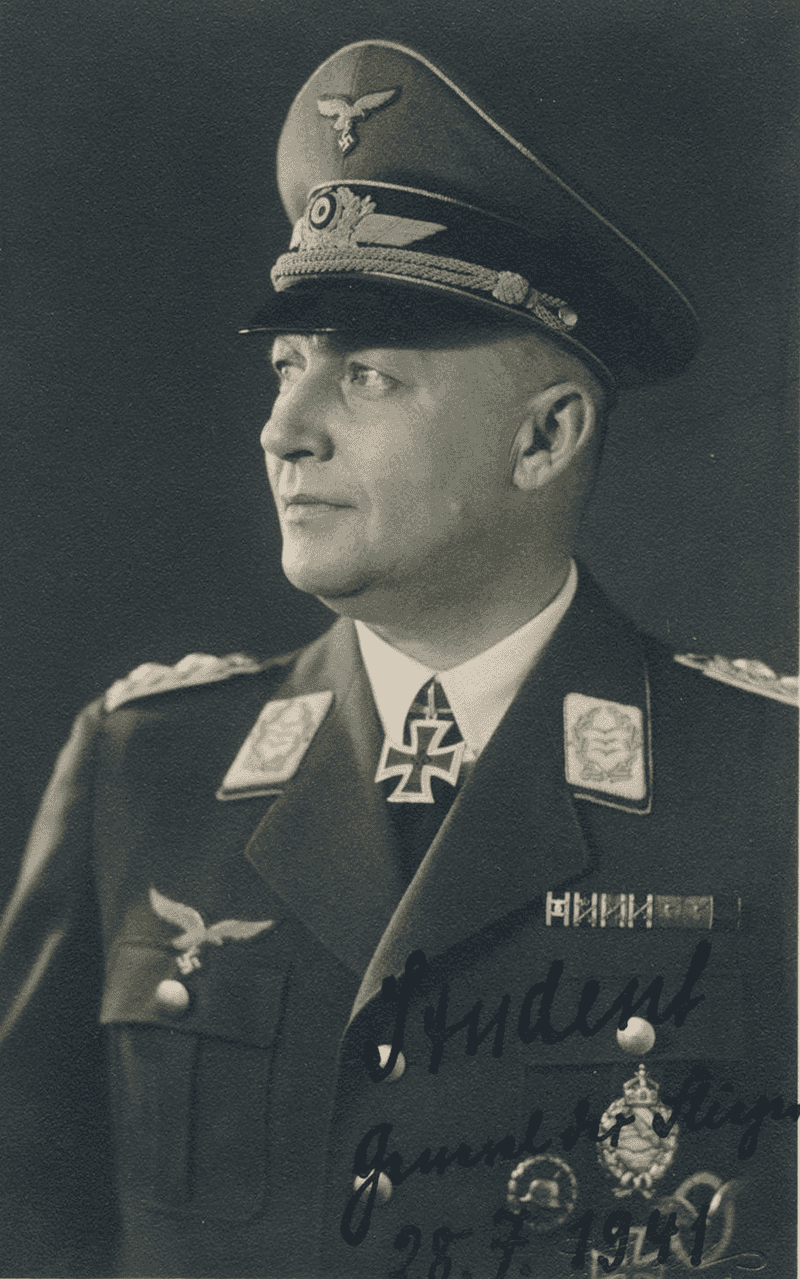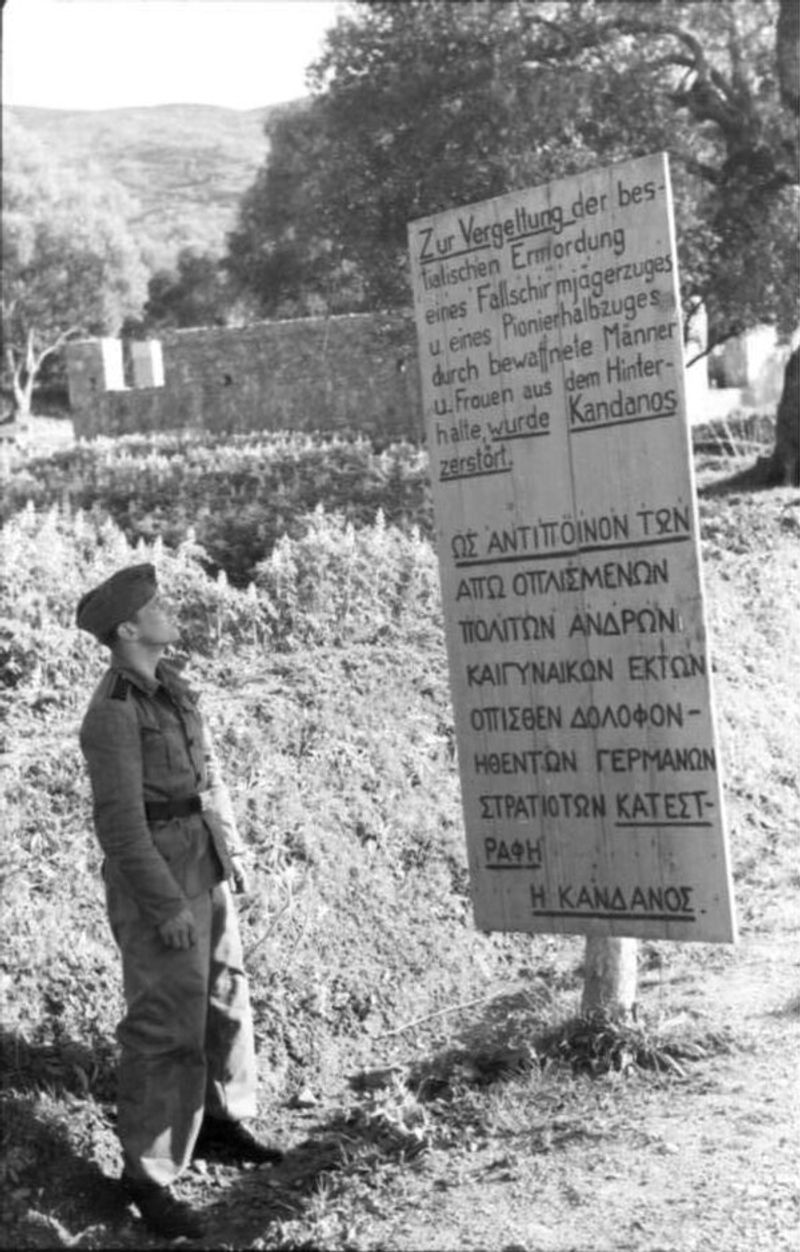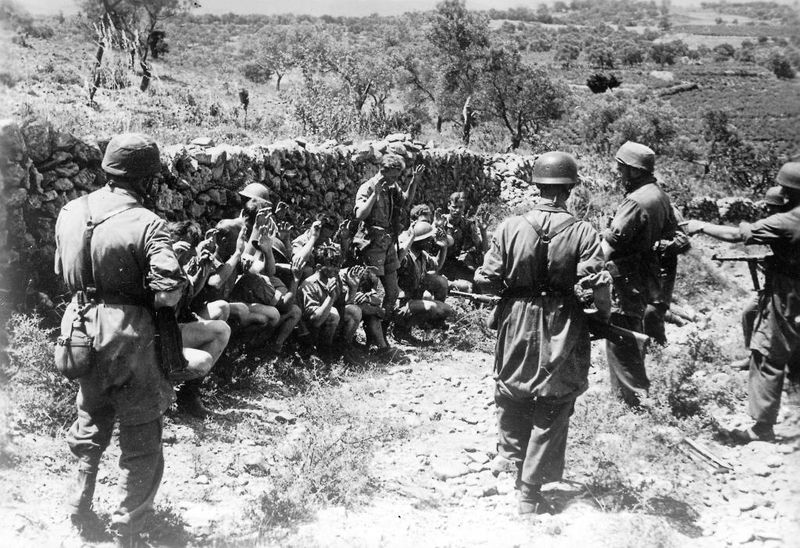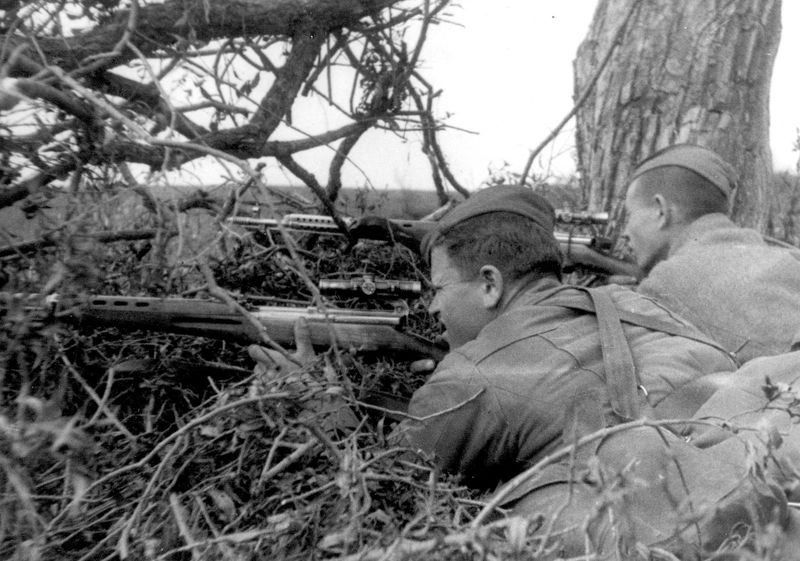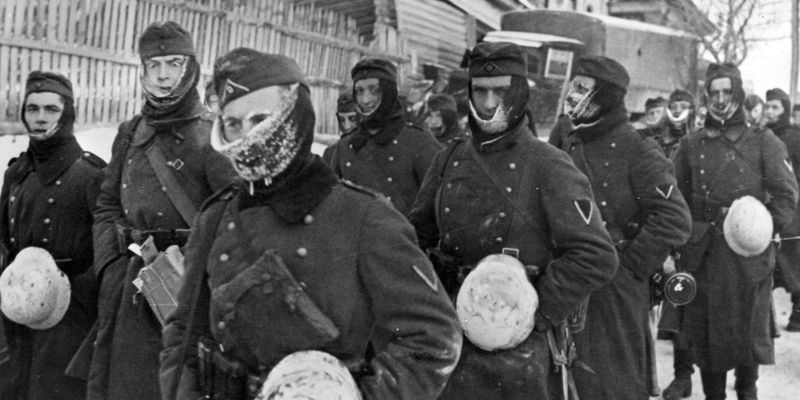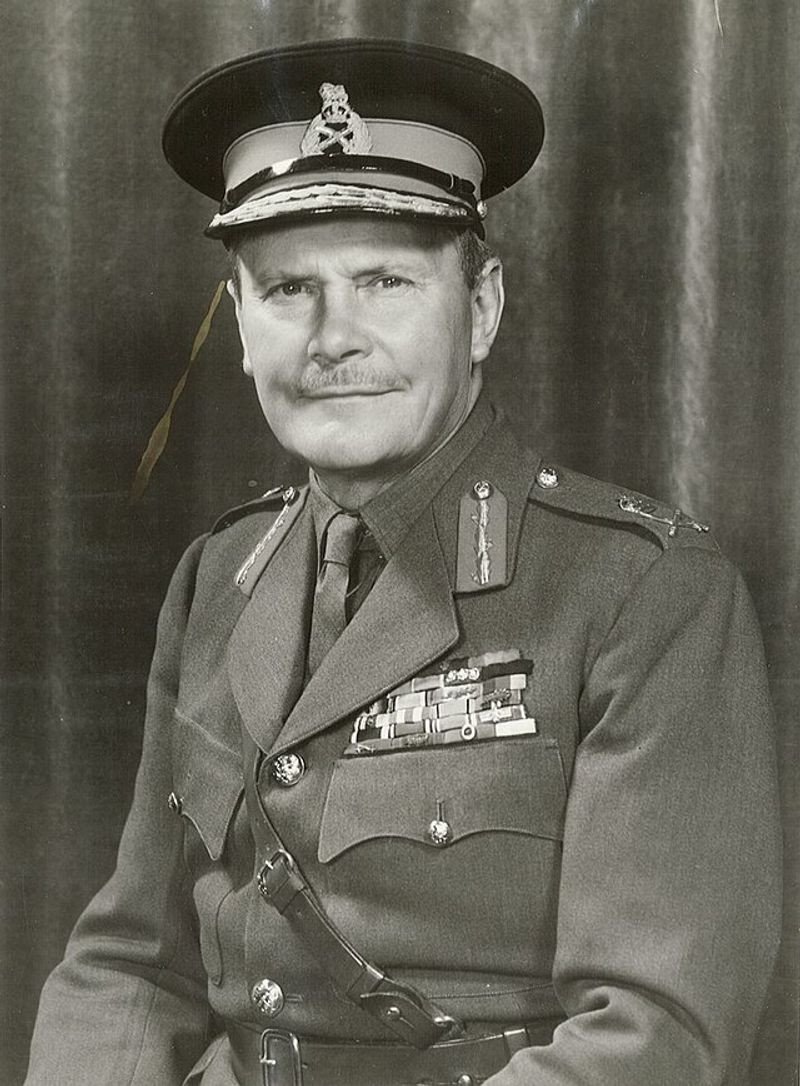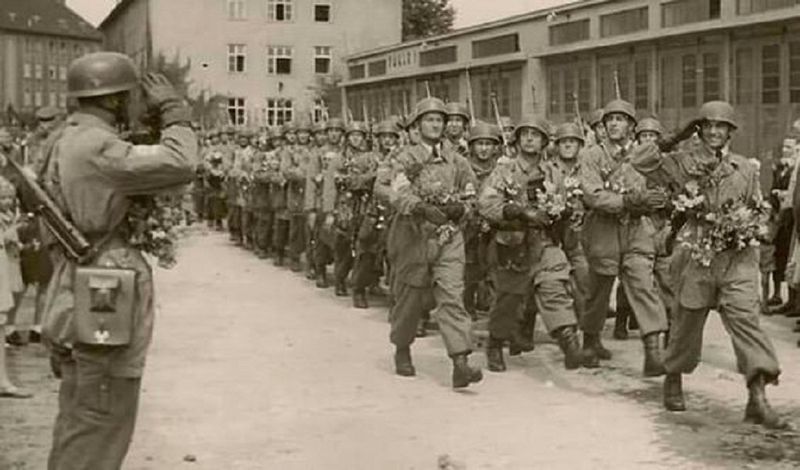Operation Mercury began on May 20, 1941, when German paratroopers descended from the sky onto the Greek island of Crete. What followed was one of the bloodiest airborne assaults in military history.
The fierce resistance from Allied forces and brave Cretan civilians turned Hitler’s bold gamble into a costly nightmare that would haunt Nazi strategy for the rest of the war.
1. Operation Mercury Launched History’s First Major Airborne Invasion
Over 22,000 German paratroopers jumped into history on May 20, 1941, marking the largest airborne operation ever attempted. The ambitious plan called for capturing an entire island through sky-dropped soldiers alone.
Codenamed Unternehmen Merkur, this daring assault aimed to seize Crete before British reinforcements could arrive. German commanders believed their elite Fallschirmjäger could overwhelm defenders within hours.
Nobody anticipated the brutal reception waiting below.
2. Crete’s Strategic Location Made It Worth Dying For
Positioned like a cork in the eastern Mediterranean, Crete controlled vital shipping lanes and air routes. German strategists knew capturing this island would protect their southern flank while threatening British operations.
The island’s airfields could launch attacks on Egypt, the Suez Canal, and British naval bases. Both sides understood that whoever controlled Crete controlled the Mediterranean’s eastern gateway.
Geography made this rocky island a prize worth tremendous sacrifice.
3. German Paratroopers Faced a Massacre Upon Landing
Cretan farmers wielding kitchen knives and hunting rifles joined British Commonwealth troops in a savage welcome. Many German paratroopers died before their boots touched the ground, shot while dangling helplessly from their chutes.
Over 3,500 German soldiers were killed or missing within the first few days. Elite units that had conquered Norway and Belgium found themselves outgunned by determined civilians.
The planned quick victory became a bloodbath.
4. Maleme Airfield Became the Battle’s Turning Point
A single miscommunication changed everything. Allied forces abandoned Maleme Airfield in western Crete, believing their position was hopeless after receiving confusing orders from headquarters.
German transport planes immediately began landing reinforcements on the captured runway. Fresh troops, supplies, and ammunition poured in, transforming defeat into potential victory.
One airfield’s loss sealed the fate of an entire island and its defenders.
5. Hitler Called Victory a Pyrrhic Disaster
By June 1, 1941, Nazi flags flew over Crete, but Hitler felt only regret. Nearly 6,000 German casualties and dozens of destroyed aircraft made this the costliest airborne operation in history.
The Führer was so shaken by the losses that he banned all future large-scale paratrooper operations. Germany’s elite airborne forces would never again attempt such ambitious assaults.
Victory had come at an unacceptable price for the Reich.
6. Allied Morale Suffered Despite Heroic Defense
Losing Crete dealt a crushing blow to British confidence in the Mediterranean. Another evacuation, another retreat – the pattern seemed endless as German forces advanced across Europe.
However, the fierce resistance displayed by both soldiers and civilians inspired resistance movements throughout occupied Europe. Stories of Cretan bravery spread like wildfire among underground fighters.
Defeat planted seeds of future rebellion across the continent.
7. Civilian Resistance Rewrote the Rules of Warfare
Cretan farmers, shepherds, and shopkeepers picked up weapons to defend their homeland with unprecedented ferocity. Armed with ancient rifles, farm tools, and bare hands, they attacked elite German paratroopers.
This marked the first time civilians played such a critical role in resisting Axis invasion. Their courage proved that professional armies could be challenged by determined local populations.
The battle established a new model for resistance warfare.
8. Airborne Warfare Evolved from German Mistakes
Germany’s errors in Crete became textbook lessons for Allied planners. British and American forces studied every aspect of the operation, learning how to improve paratrooper tactics and coordination.
These lessons proved invaluable during D-Day landings in Normandy and Operation Market Garden in Holland. The Allies perfected what the Germans had pioneered but failed to execute properly.
Crete’s bloodshed educated a generation of military strategists worldwide.
9. Battle-Hardened Defenders Outnumbered but Experienced
Around 42,000 Allied troops defended Crete, including seasoned veterans from North African campaigns. These battle-tested soldiers from Britain, Australia, New Zealand, and Greece knew how to fight.
Though poorly equipped and lacking air support, their discipline and experience made the initial German drops a nightmare. Many paratroopers died before firing a single shot.
Veteran leadership transformed disadvantage into deadly efficiency against elite German forces.
10. German Gliders Crashed Into Catastrophe
DFS 230 gliders were supposed to silently deliver shock troops to key targets. Instead, many crashed into rocky terrain, trees, and defensive positions, killing elite soldiers before they could fight.
Dozens of Germany’s best-trained paratroopers died in twisted metal wreckage scattered across Cretan hillsides. The silent approach became a death trap for airborne forces.
Advanced technology proved useless against determined defenders and unforgiving geography.
11. Royal Navy Dominated Seas at Terrible Cost
British warships successfully prevented German reinforcements from reaching Crete by sea, maintaining crucial naval superiority around the island. The Royal Navy’s blockade kept enemy troops from landing on beaches.
However, German Luftwaffe bombers exacted a brutal toll, sinking or damaging over six major Allied warships including HMS Gloucester and HMS Fiji.
Naval dominance came at a price measured in ships and sailors’ lives.
12. Eleven Days of Hell Replaced One-Day Victory
German planners confidently predicted capturing Crete within 24 hours. Reality delivered eleven grueling days of continuous combat from May 20 to June 1, 1941.
The prolonged fighting exposed German paratroopers to sustained attrition, bleeding elite units dry. Each additional day brought more casualties and depleted ammunition supplies.
Hitler later called the campaign a graveyard of the parachute troops, reflecting his bitter disappointment.
13. Luftwaffe Air Superiority Decided the Outcome
German Stuka dive bombers and fighters dominated Cretan skies, providing the decisive advantage that ground forces alone couldn’t achieve. Constant aerial attacks demoralized even the bravest defenders.
Allied forces lacked adequate air cover, making them vulnerable to continuous bombing runs. The Luftwaffe’s ability to resupply troops from the air sustained German pressure.
Without air superiority, even heroic ground resistance ultimately proved insufficient against relentless aerial assault.
14. Field Marshal Student Nearly Lost His Career
Kurt Student, the brilliant architect of Operation Mercury, faced career destruction due to massive casualties. Hitler and the German High Command questioned his judgment after the bloodbath.
A sniper’s bullet wounded Student during the campaign, adding personal injury to professional humiliation. Critics blamed him for underestimating Allied resistance and civilian involvement.
Only eventual victory saved Germany’s airborne pioneer from complete disgrace and military exile.
15. Cretan Civilians Paid the Ultimate Price
German reprisals against Cretan civilians were swift and merciless. Thousands of non-combatants were executed in revenge for their resistance against paratroopers.
Entire villages like Kandanos were destroyed, their populations murdered or dispersed. These atrocities became rallying points for growing partisan movements throughout occupied Greece.
Civilian courage earned brutal punishment, but also inspired resistance fighters across Nazi-occupied Europe.
16. German Troops Suffered Psychological Trauma
Elite Fallschirmjäger reported shock and lasting psychological damage after being attacked by farmers, women, and children. Many had never experienced such fierce civilian resistance.
Numerous paratroopers refused to jump again after witnessing the Cretan nightmare. The myth of German invincibility began cracking under sustained local opposition.
Professional soldiers found themselves emotionally unprepared for total war involving entire civilian populations.
17. Soviet Leaders Studied Every Detail
Stalin and Red Army commanders carefully analyzed Operation Mercury, learning valuable lessons about airborne warfare and civilian resistance. Soviet planners incorporated these insights into their defensive strategies.
The battle influenced Eastern Front tactics, particularly regarding urban warfare and the integration of civilian populations into military defense.
Cretan lessons helped shape Soviet resistance during the siege of Stalingrad and other crucial battles.
18. Crete Delayed the Soviet Invasion
Operation Mercury pushed back Operation Barbarossa by several crucial weeks. German troops and aircraft remained tied down in the Mediterranean instead of preparing for Russia.
Hitler blamed this delay for the Wehrmacht’s failure to capture Moscow before winter arrived. The lost time proved fatal to German ambitions in the East.
Crete’s resistance may have inadvertently helped the Soviet Union survive the initial German onslaught.
19. General Freyberg’s Decisions Remain Controversial
New Zealand’s General Bernard Freyberg commanded Allied ground forces but faced criticism for abandoning Maleme Airfield. Military historians still debate whether his decisions were justified.
Critics argue he misread German intentions and poorly distributed available troops. Supporters claim he performed admirably given limited resources and flawed intelligence.
Freyberg’s legacy reflects the complexity of command decisions under impossible circumstances.
20. Fallschirmjäger Mythology Survived Military Reality
Despite catastrophic losses, German propaganda celebrated paratrooper heroism and elite status. The myth of invincible airborne warriors served to boost home front morale.
Stories of courage under fire helped mask the strategic failure and enormous casualties. Hitler simultaneously praised their bravery while shutting down future airborne operations.
Crete became one of military history’s most studied airborne operations, cementing the Fallschirmjäger’s legendary reputation.
